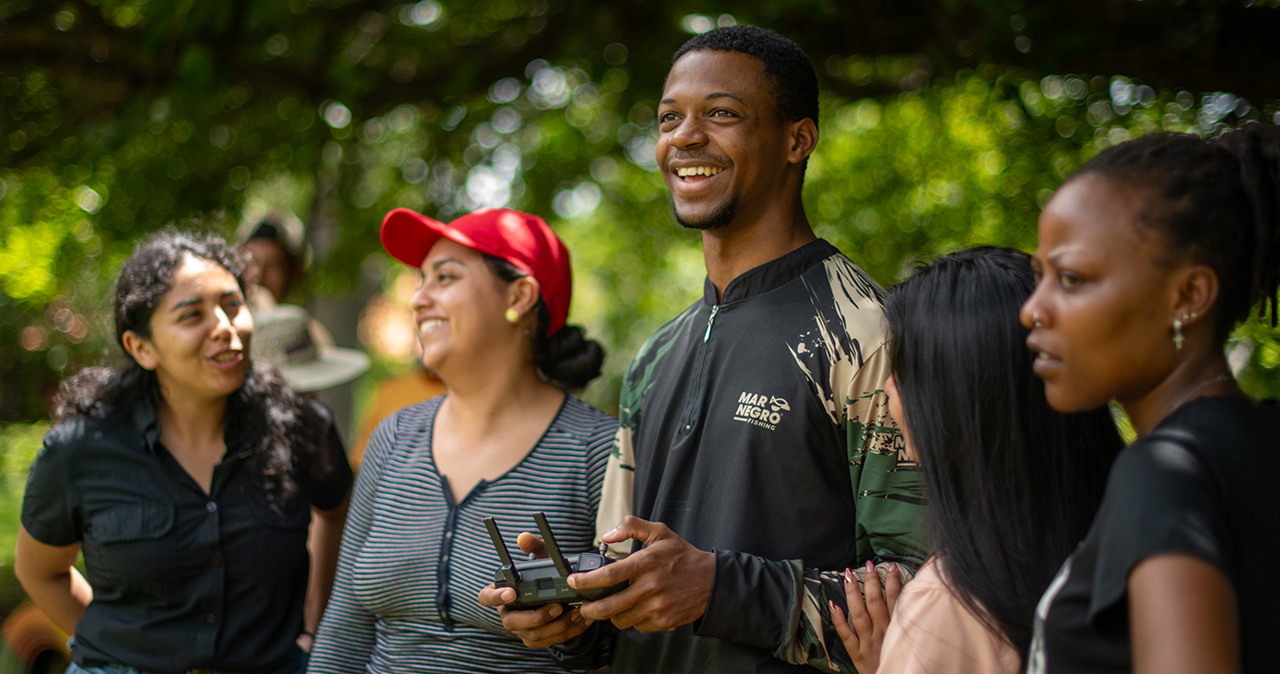A student holds in her hands a device that, for many, might appear to be a camera or a monocular telescope. The device is called a digital clinometer and is used to estimate the height of a tree and calculate the standing timber volume (the amount of marketable wood in a tree or an area of woodland or forest). The student positions herself at a distance from the tree and aims her gaze at various sections of the tree, looking for the base and the top. The tree is a Gmelina arborea (Melina), a species that has commercial value in the timber market. Meanwhile, her classmates measure the circumference of the trunk with a special tape that allows them to obtain the diameter value, which will eventually be used for basic calculations of standing timber, carbon, and CO2. The precise geographic location of each tree is recorded on their smartphones to obtain the spatial variable that will allow the incorporation of the geostatistical component in the analysis. What they are practicing is precision forestry.
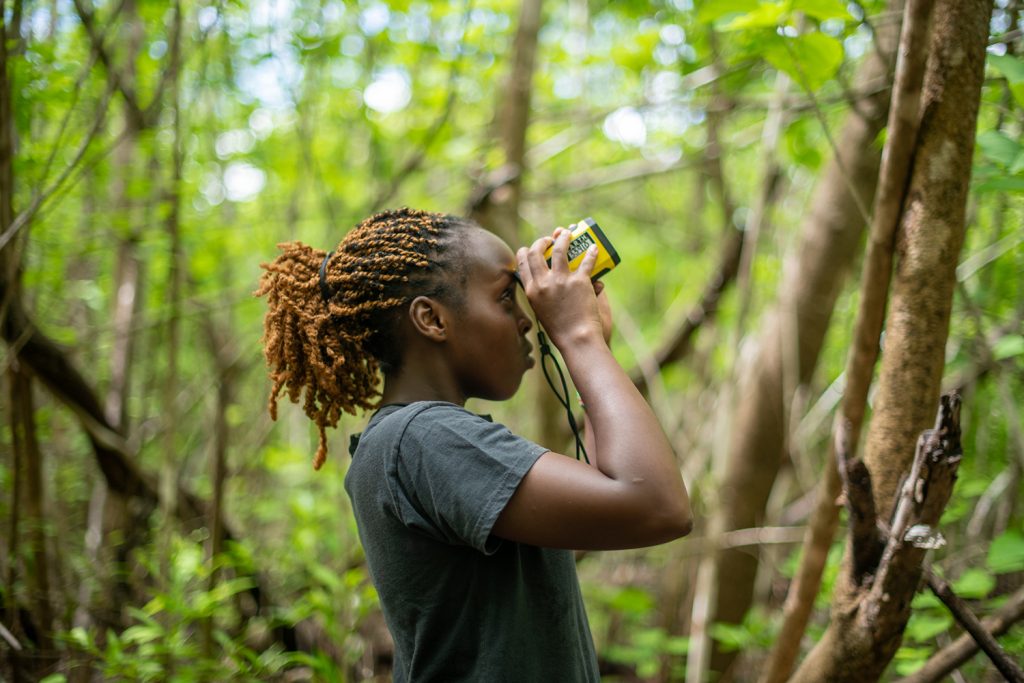
Forestry is defined as a set of techniques and practices that allow managing forest plantations and natural forests in a way that optimizes production and improves wood quality. Tropical Forestry is one of the courses in EARTH’s Academic Program, and one of its main objectives is to properly manage forest resources to ensure that their use is sustainable over time, both economically, socially, and environmentally.
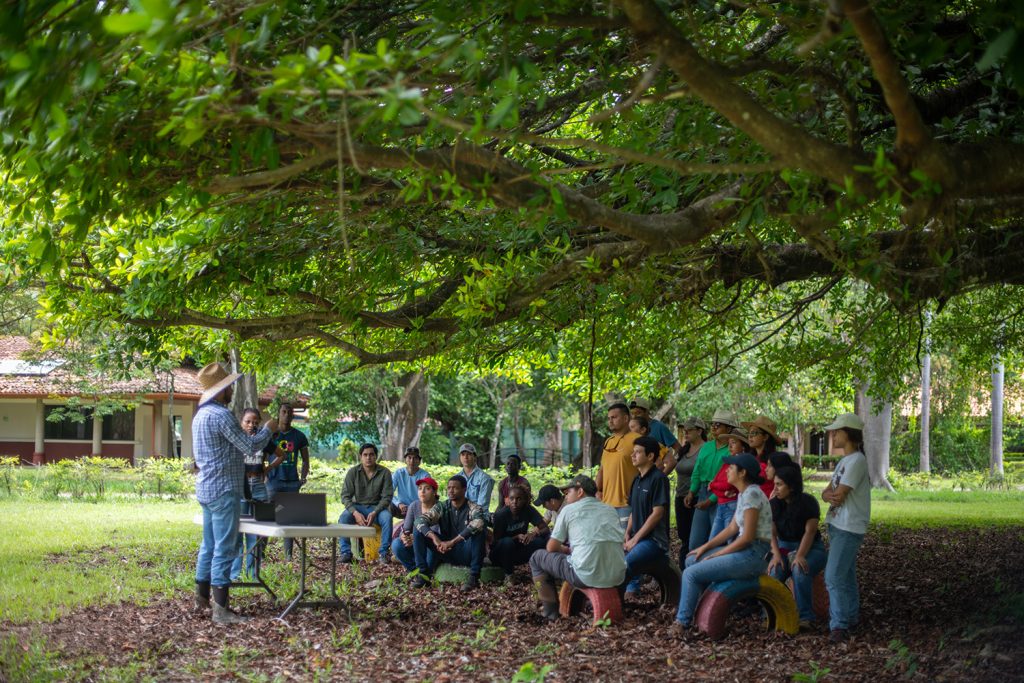
Recently, third-year students were at EARTH’s Daniel Oduber Quirós Campus practicing various techniques with Tropical Forestry professor Victor Hugo Morales Peña. At the Campus, located in the Costa Rican tropical dry forest, students had the opportunity to practically apply and complement their knowledge in forest management. Using basic biometric data collection techniques, they calculated the basal area (the cross-sectional area of a single tree at breast height, or 4 feet above ground), the standing timber volume, as well as the carbon and CO2 amounts per tree. Because they had recorded the precise location of each tree, they were able to analyze these metrics from a geospatial perspective, giving them a more complete and detailed view of the forest environment.
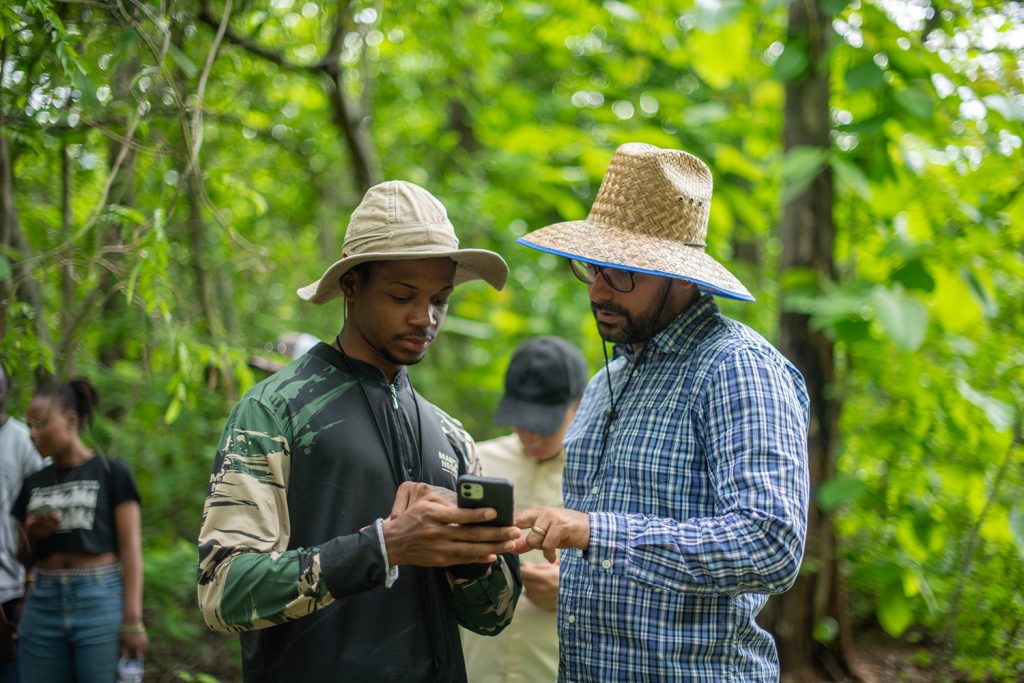
During the practice, students used various technological tools on their smartphones, including the digital clinometer and satellite navigation applications. When they returned to the classroom, they processed the field data using specialized and open-access software (R Studio), which allowed them to visualize the tree variables and analyze how different environmental factors influence their expression.
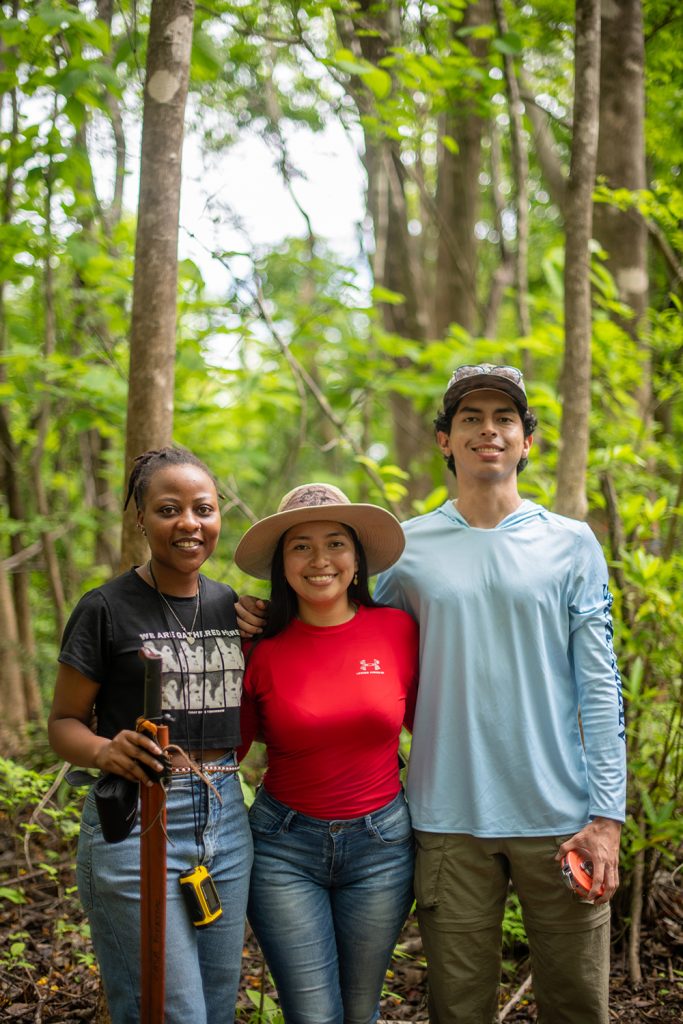
In addition to collecting biometric data of the trees, Professor Morales introduced the topic of spectral analysis as a tool to support forest monitoring. Students witnessed the design and configuration of an automated flight mission, observed the flight, and witnessed the generation of vegetation indices in real-time, an analysis allowing them to estimate regional vegetation productivity. The importance of spectral analysis was investigated in the context of the biometric data collected in the field and how the data correlates with the indices. Also discussed were topics including processing, analysis, and the application of the different data generated in terms of vegetation health and phenology (the study of cyclic and seasonal natural phenomena).
This combination of fieldwork and classroom analysis provides students with a deep and practical understanding of Tropical Forestry, equipping them with the skills necessary to make informed and sustainable decisions in their future careers.
With the collected data, students can make better decisions for managing a forest or plantation, analyze forest health, better manage water resources, and strategically plan to protect natural resources.
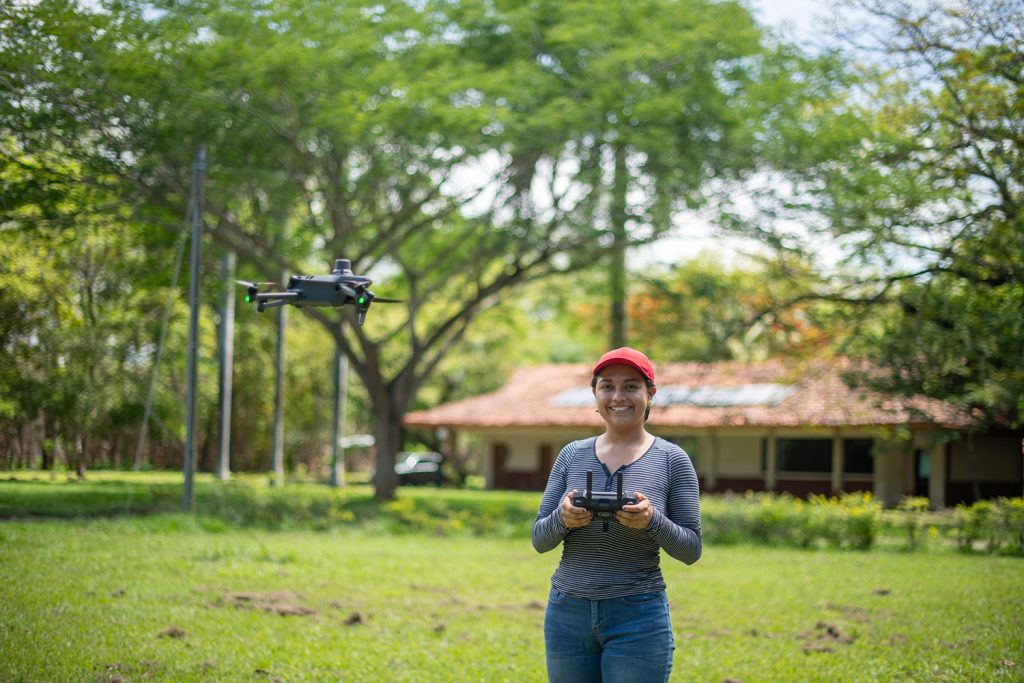
“The integration of technological tools in the Tropical Forestry course not only enriches learning but also prepares our students to face real challenges in sustainable forest management. It is essential that they understand how to apply this knowledge in the field to make informed and responsible decisions,” says Professor Morales.
With this focus on technology and innovation, EARTH prepares its students to become leaders in the sustainable management of tropical forests, equipping them with the skills necessary to face future environmental challenges.
At EARTH, we promote the evolution of agriculture to transform the world.
